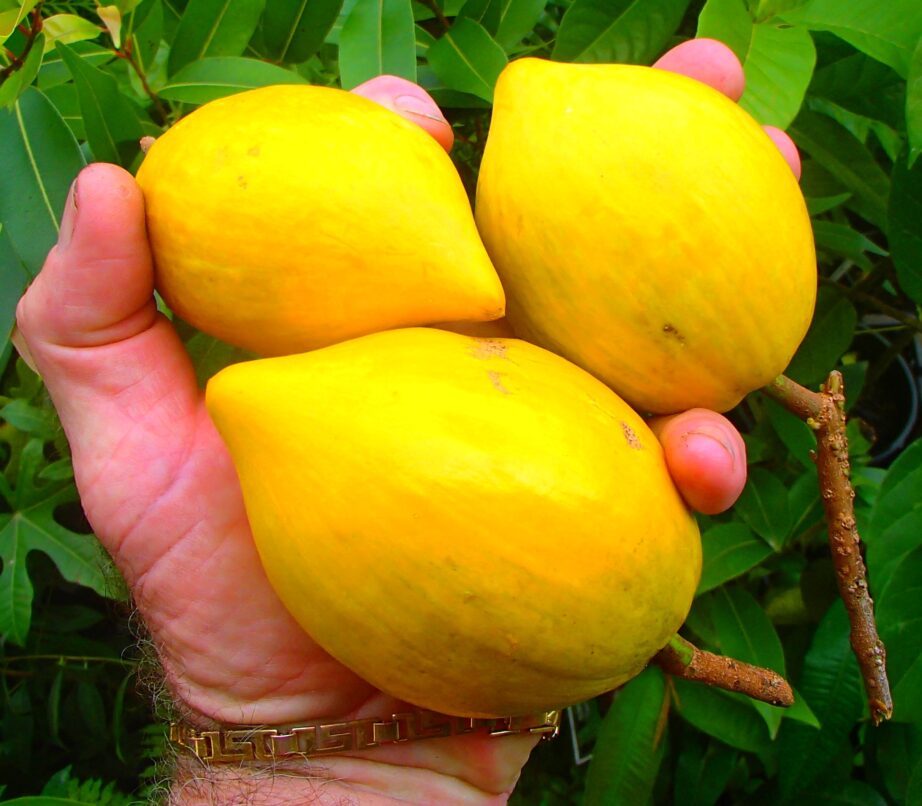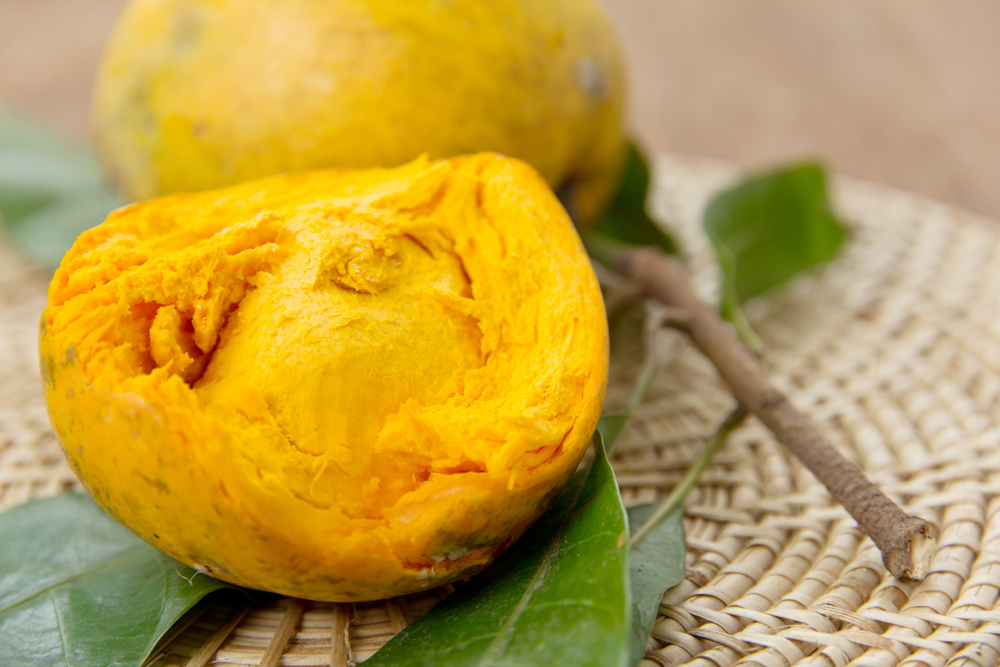
Related To: [Sapotaceae] Mamey Sapote, Sapodilla, Canistel, Abiu
Main Uses: Food, Ornamental
Growth Rate: Slow to Moderate
Mature Height/Spread: Medium sized, rarely over 25′ outside of native range.
Flowering/Pollination: Self-pollinating
Tolerance: Subtropical. 25-28 Degrees F tolerance.
Soil/Nutrition: Slightly acidic, fertile. Well drained.
Light: Full shade to part sun. This is an under-canopy tree.?? I have seen it grown successfully in full sun in a temperate climate zone.
Wind: Fairly sturdy.
Temperature: Will withstand light frosts, but not hard freezes. This species is gaining popularity among rare fruit growers in the subtropical southern California foothills, which seem to provide an ideal climate.
Dangers: None.
Diseases :Prone:
Bearing Age: 6-8 years from seed.
Fruit: Acorn shaped; green. Flesh is usually dry and mealy, but some types are moist, and climate is also a factor. Flavour is like pumpkin with a sweet, maple-syrup tone, and sometimes a hint of tartness.
Pouteria lucuma (Lucuma)
Other Names: Sapote, Acorn Sapote
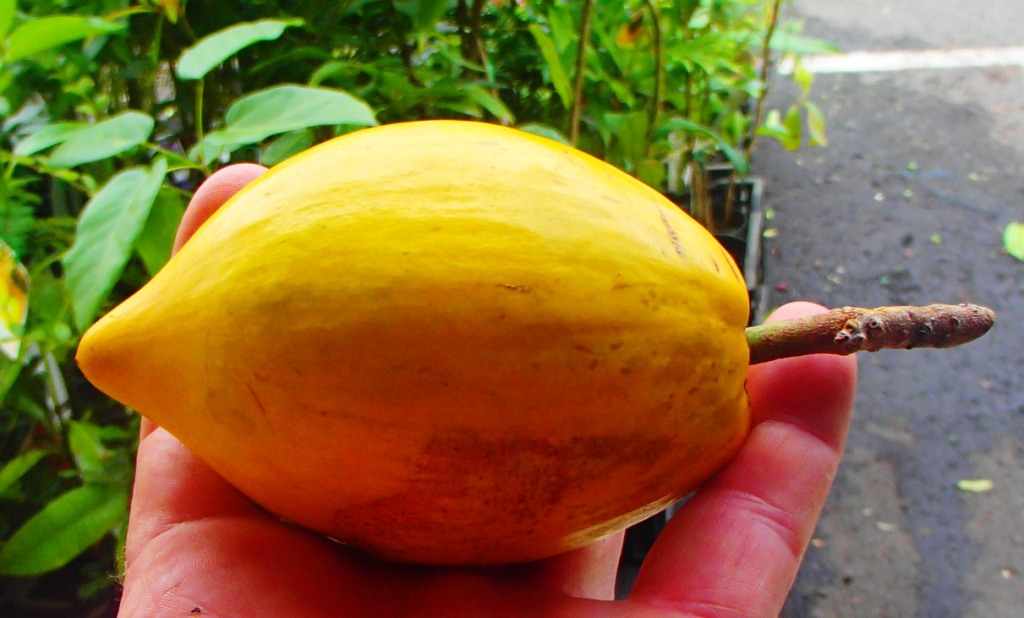
This fruit tree currently is around 1 metre tall in grow bags.
Can be posted & I remove the bag & most of the dirt.
Pack/post extra.
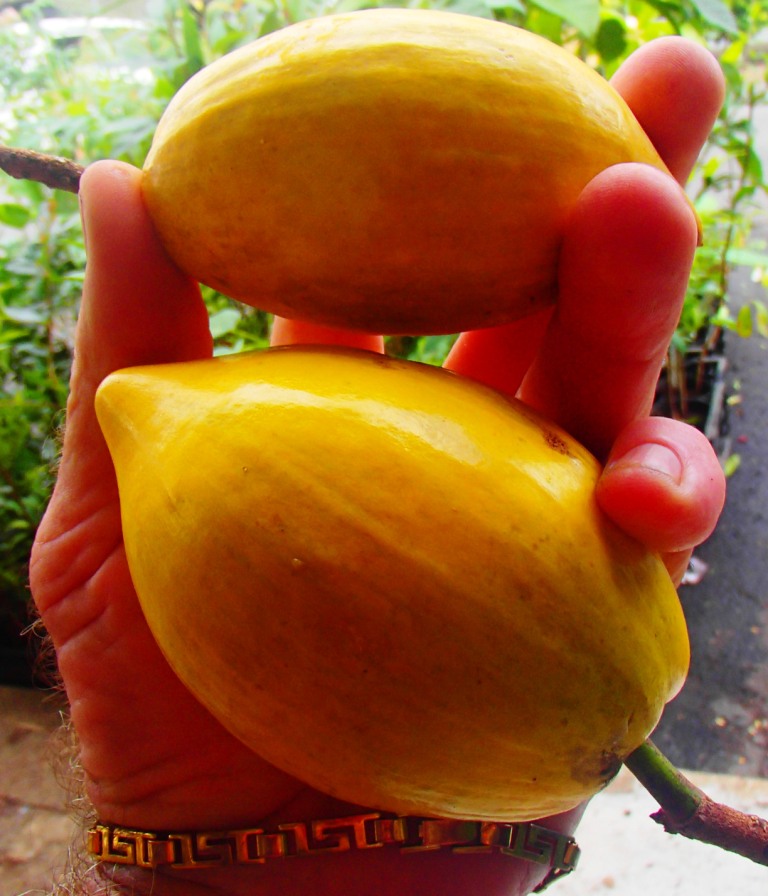
History/Origin: Native to temperate highlands of Peru, Bolivia, Ecuador and Northern Chile. Accounts of humans using lucuma were first reported by the Spanish in the Ecuador highlands, in 1531.
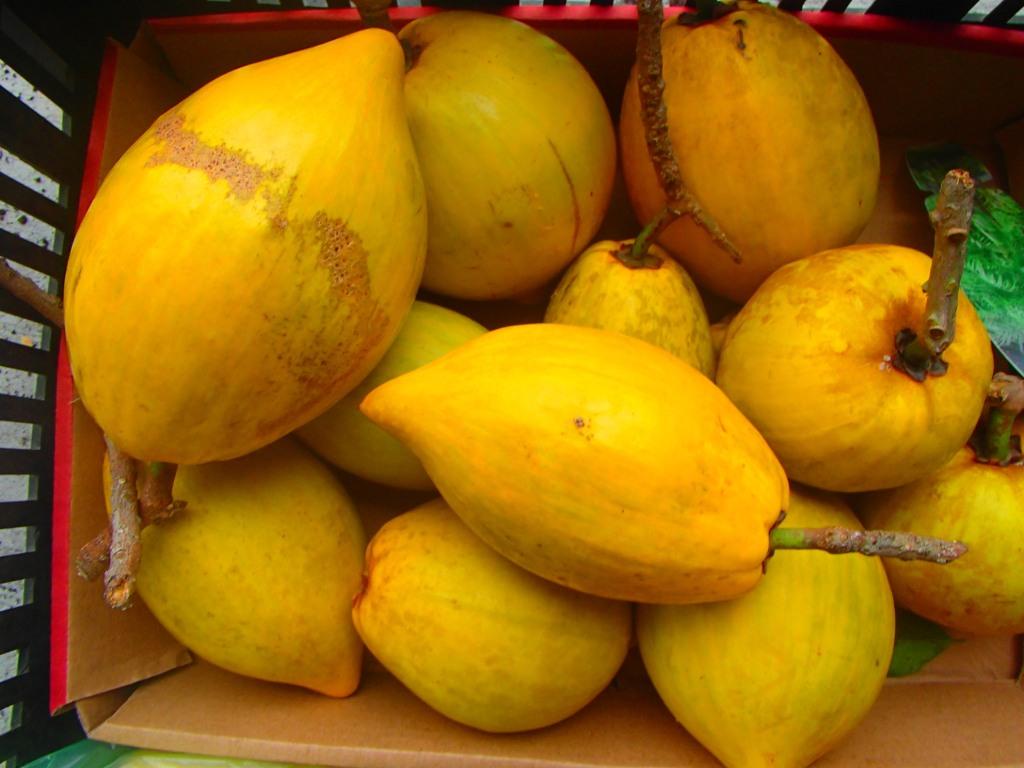
This fruit was cultivated by the highland Incas, likely for centuries, and until recently was not well known outside of it’s native area. In Peru, and other nearby parts of the Andes, it has been deliberately selected, tended and cultivated for a very long time by human hands. Archaeological excavations in coastal Peru have even discovered the lucuma on ancient ceramics. Native peoples still make paintings and carvings of it today.
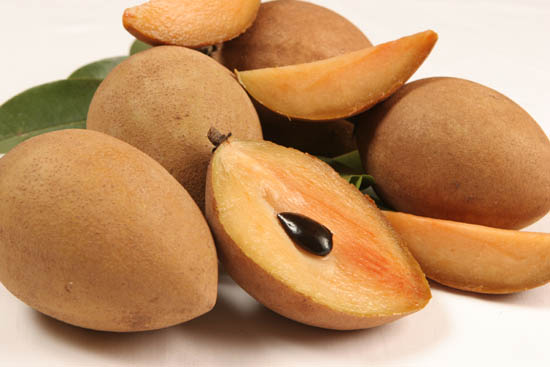
Species Observations:
Propagation: By seed and graft. The variety known as “seda” (smooth) has a soft flesh consistency, while the type called “palo” (wood), has a hard, dry pulp preferable for processing into powders.
Container Culture: Possible, but not ideal.
Medicinal Uses: Unknown
Nutritional Information: Like most members of the pouteria genus, lucuma fruits are rich in minerals, carotenes, b vitamins, and very rich in carbohydrates. This is a high-calorie fruit.
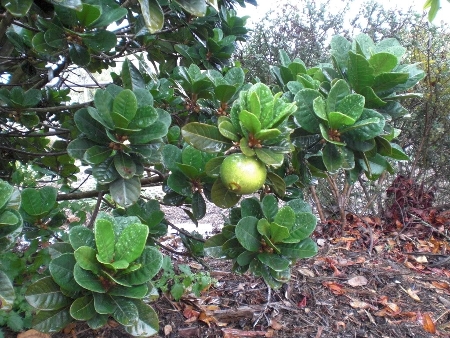
Preparation / Food: Lucuma has been cultivated in forest stands for millenia in the highlands of South America. The tree is revered, believed to be home to a sacred spirit. In recent years, the surplus crop from extensive plantings in South America has been marketed in it’s dried form as a health food supplement. The dry texture of the fruit lends itself easily to drying and processing. Lucuma ice cream (usually made from the powder) is very popular in locales where the fruit is native/common. It is also being used in chocolates and confections.
Lucuma is sometimes confused with the lowland jungle chupa-chupa fruit (quararibea cordata; matisia cordata). Among many other fruits, both go by the very general colloquial name of ‘sapote.’
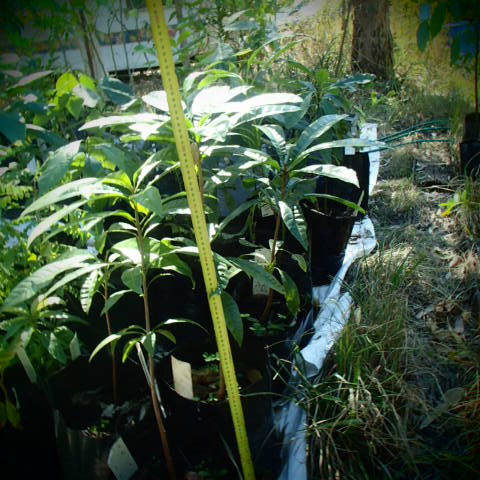
NOTE> I have also for sale ‘Black Sapote-Black Pudding fruit’ as well as White Sapote. Search in this web site or contact me re same…Get the 3.!
THE 3 ARE ABSOLUTELY DELICIOUS-I HAVE TRIED THEM ALL & GROWING THEM HERE AT MY PLACE-LUCKY ME-U R LUCKY NOW
Any questions or if buying, contact me HERE


